TEXT AND PHOTOGRAPHS BY ANUKRITI GUPTA
Bengaluru, Karnataka
As I hold the books and letters belonging to my maternal great-grandfather, the ageing yellow pages transport me back to my childhood in Bihar. Their scent is familiar and reminds me of my mother’s library. As a child, my favourite section in the library was the one with musty old books belonging to my mother’s Baba, my great-grandfather. I always preferred the texture and enticing smell of these books over the sharp scent of fresh ink leaking out of the brand-new ones of my mother. I used to spend hours looking through the pages, taking in their earthy and smoky fragrance, feeling the texture of inscriptions of my great-grandfather’s name ‘Parmeshwar Singh’ in his own handwriting. Sometimes, a letter or newspaper cuttings would tumble out and my mother’s library would turn into a time-machine and ferry me to the 1930s. Even though I knew very little about my great-grandfather at that time; I could cherish the tangible sense of reaching out to him through his books.
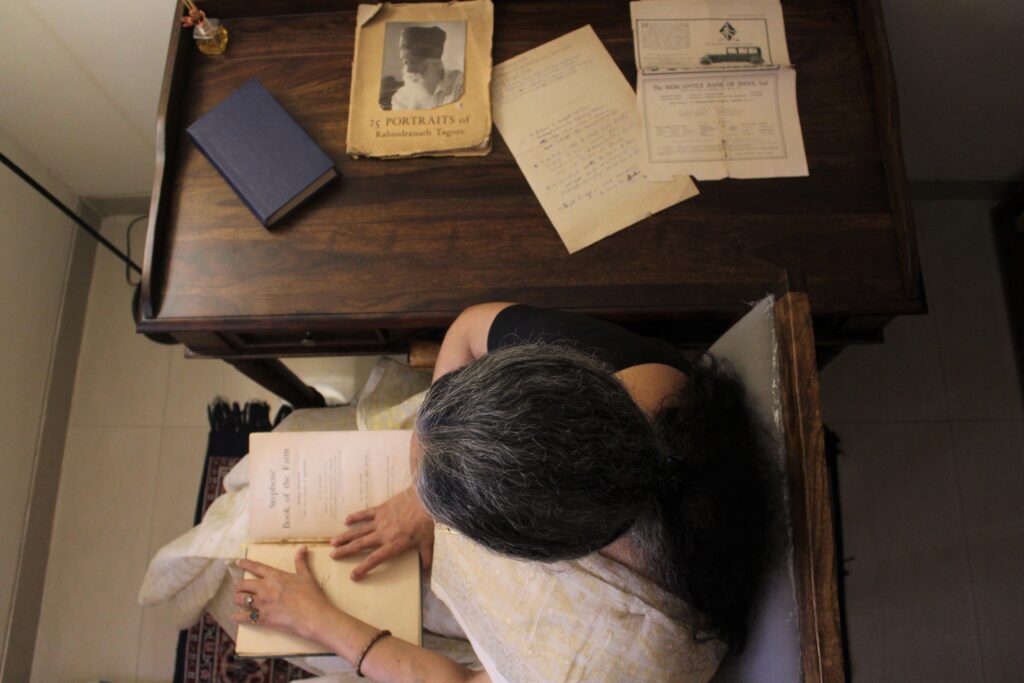
Baba’s books represent an amalgamation of varied interests. From key writings of Tolstoy, Gorky, modern Russian literature and politics to British literature on farming and horticulture; from the works of Dinkar, Benipuri and Renu to books of portraits; as a child, I was never able to see his literary interests in one light or shall I say to put him in a box. My mother used to narrate interesting anecdotes from Baba’s life from time to time, but as life went on, his name and the memories I had built around started to fade. I moved away for further studies but fate had something else planned for me. I met ‘Parmeshwar Singh’ again; in a library, far-far away from home. I spend a lot of time at the Nehru Memorial Museum and Library (NMML) for my Doctoral research and have always been fascinated by the rows and columns of the section where Gazettes are kept. Last year, while browsing through them, I found Baba’s name gazing at me in the Bihar Gazette of 1962, “Shri Parmeshwar Singh, Editor and Proprietor, Gram Sevak, Kitab Ghar, Upper Bazaar, Ranchi”. This day is etched in my memory and encouraged me to excavate more about him. Recently, I found his name and details of his work in “Annual Report of the Registrar of Newspapers for India, 1960”, “Directory of Book Trade in India, 1973” and “Bihar ki Hindi Patrakarita, 1996”. The deeper I researched Baba’s life and work; the more I found and that too in innumerable renditions.
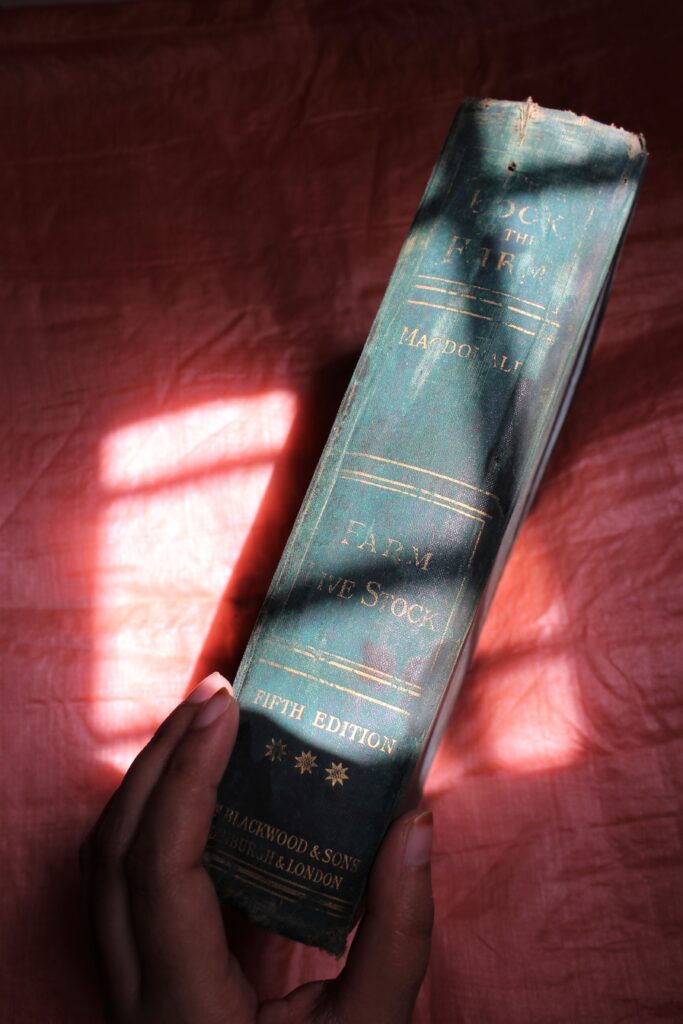
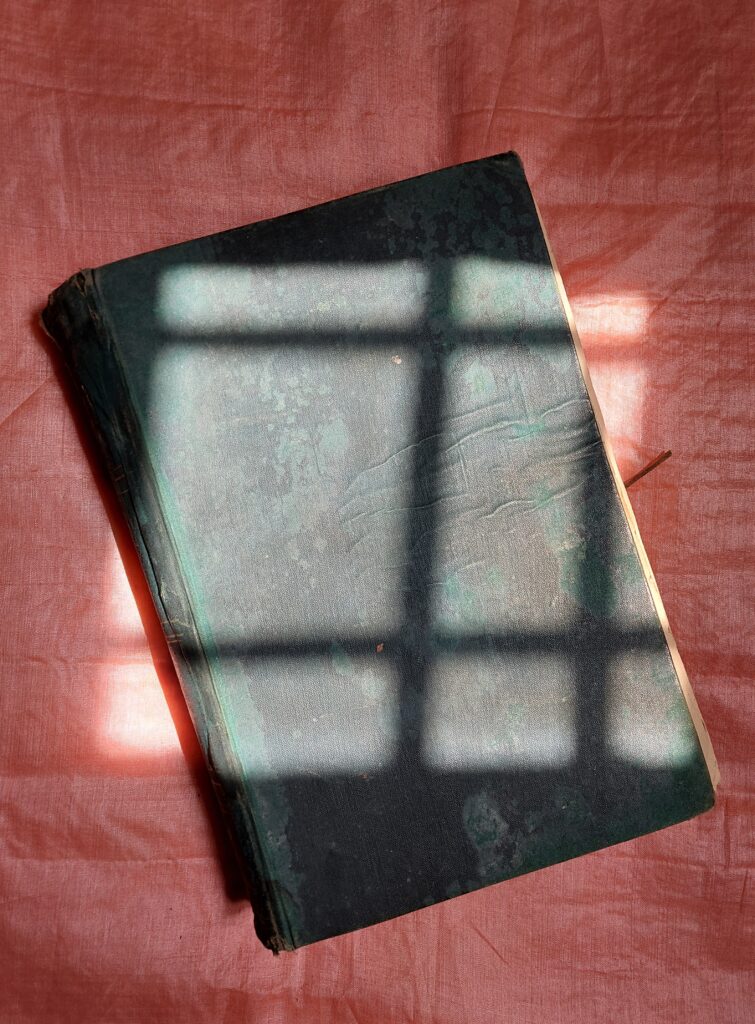
Baba was born on December 12, 1912 in Sheohar, Bihar. His parents passed away before he turned 8 and he grew up under the guardianship of his uncles who wanted him to join farming immediately after completing matriculation. Baba completed his matriculation from Shri Nawab High School, Sheohar with flying colours and had an excellent command over languages, especially Hindi and English. My grandfather recollects how Baba’s uncle Babu Gopal Singh chastised him when he expressed his desire to study further, “Kya karoge padhke, kheti karo, gaon mein rahon.” Baba had no means to continue his education at this time; so he moved to Patna and later to Calcutta in search of employment.


He went to Calcutta in 1934 to appear in an entrance exam and interview for the post of translator at Dainik Vishwamitra. At the age of 22, his humble beginning in journalism took shape. Established in 1917, Dainik Vishwamitra, one of India’s oldest Hindi daily newspapers was popular among the masses for its critical take on social and political questions of the time. Kolkata (then Calcutta) was the centre of Hindi journalism in those days. Historically, the development of the Indian language press was marked by a commitment towards the values of the freedom struggle and newspapers in Hindi and regional languages caused concern and uneasiness to the British government. Calcutta’s Dainik Vishwamitra was among those Gandhian-era Hindi newspapers which were openly critical of the British rule. During these years, Baba interviewed Shubhash Chandra Bose and Mahatma Gandhi. In 1939, he became the Assistant Editor of Dainik Vishwamitra and in 1940, he was offered the position of Assistant Editor at Hindustan Times in Delhi.
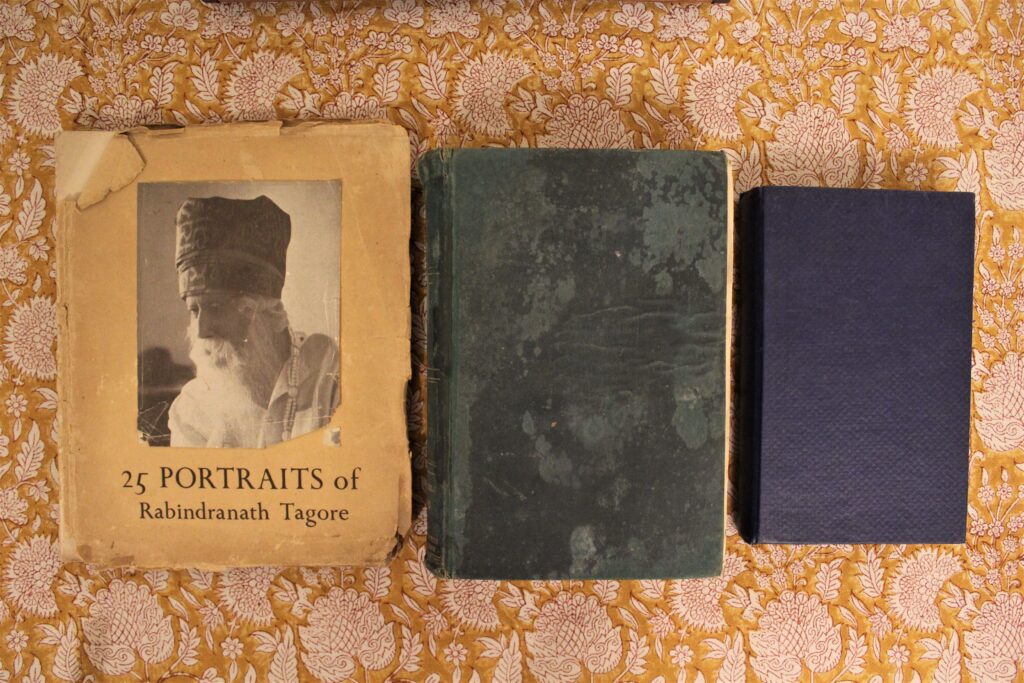
Three of the books from his collection which I share here are very different from each other and might give a glimpse of his multi-faceted personality; the first one is Stephen’s Book of the Farm by James Macdonald, Fifth Edition, 1908. Stephens’ Book of the Farm was the essential Victorian farming manual when it was first published in 1891. Baba’s 1908 edition has beautiful illustrations on farming and livestock. This 112-year-old book is perhaps the oldest in his collection and is still in a pretty good shape; the headband of the book is slightly weathered but its green cloth cover and gilt lettering on the spine are well intact. Even though the pages have turned brownish-yellow, they are in good condition and have beautiful texture and fragrance. Some of the pages have pencil markings and I feel a kind of thrill in anticipating why certain lines were marked by Baba.
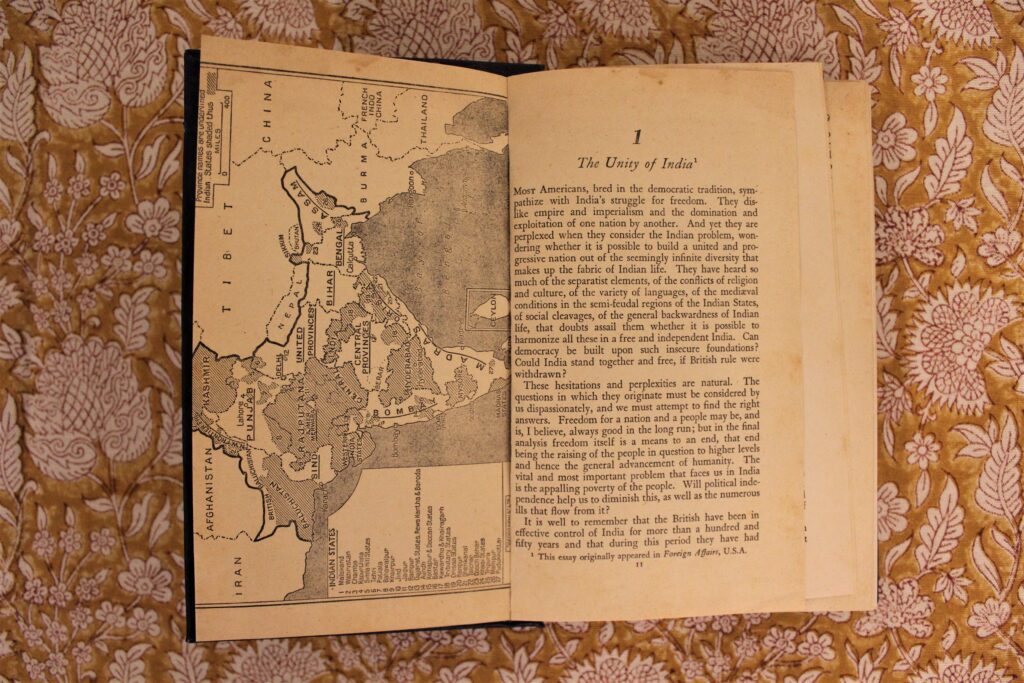
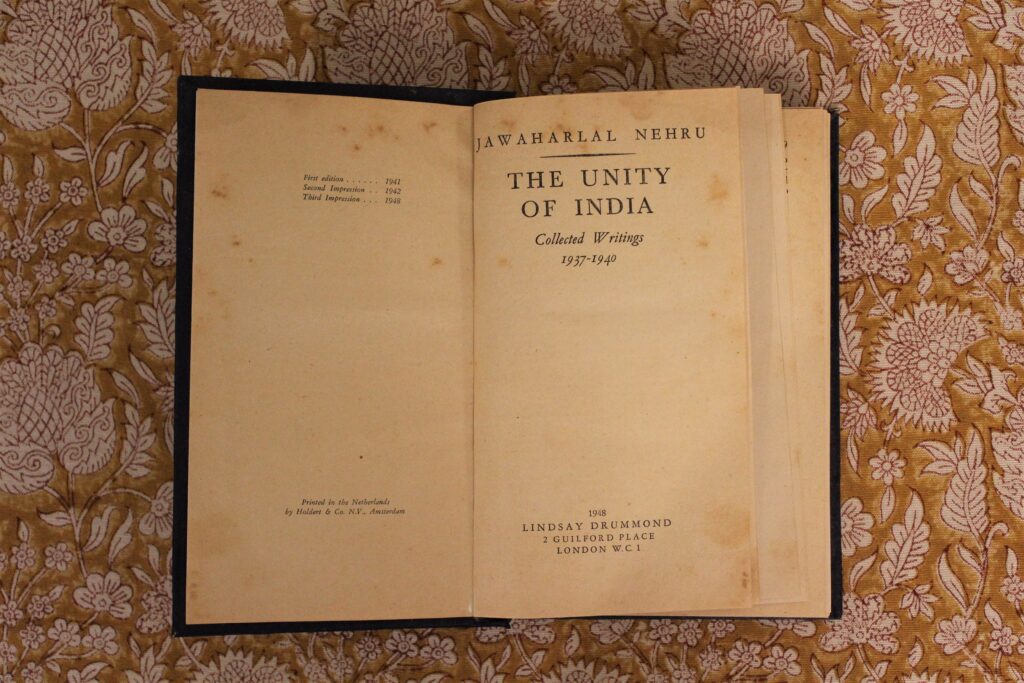
The second book is The Unity of India: Collected Writings 1937-1940 by Jawaharlal Nehru. It is Third Impression, published by Lindsay Drummond, London, 1948. It is a blue hardbound with light-brown pages. The “Introduction” of the book has several lines underlined with pencil. I have been informed by my mother that Baba preferred to use pencils in his books; he didn’t like marking them with pen. The book has some folded pages too; I don’t know who folded them and when and perhaps I am not going to unfold them; perhaps someone wanted to return to those pages. The third book is the most beautiful of all. It’s a book of portraits, 25 Portraits of Rabindranath Tagore, published by Visva-Bharati, 1951. As a child, I loved looking at the photographs of Tagore in this book, some of them are so rare that they are still not available on the internet.
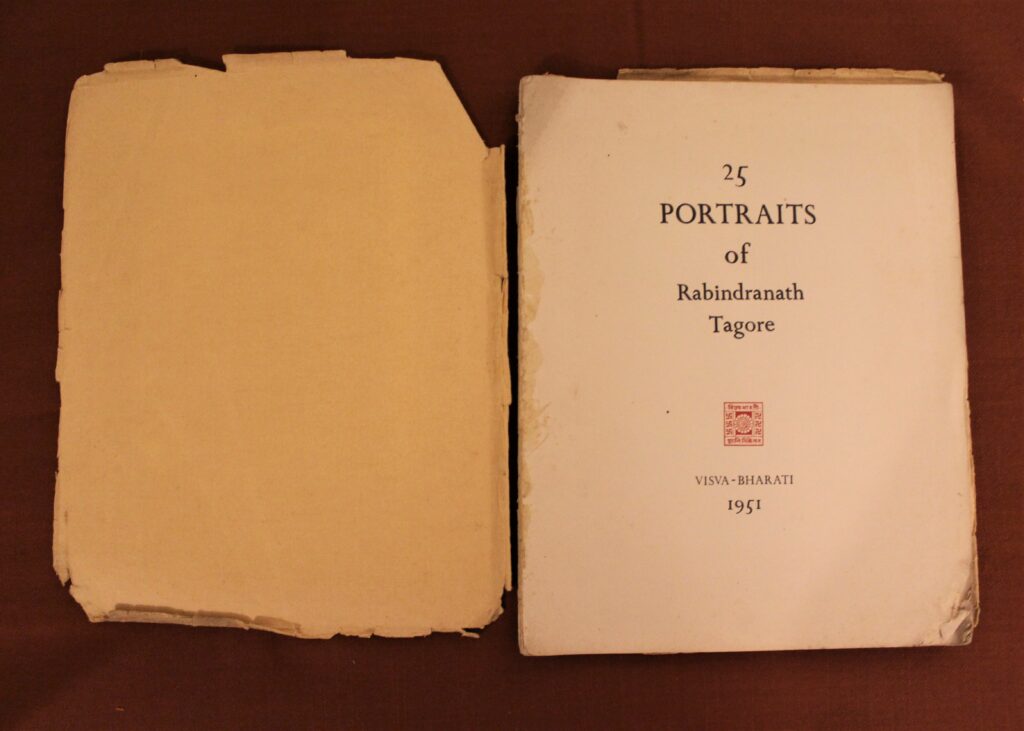

In 1942, Baba returned to Patna amidst the Quit India Movement. At this point, he shifted from journalism to setting up his own business which did not prove to be very advantageous for him in the long run. He established a publishing house, Kitab Ghar in Jahaji Kothi, Kadam Kuan, Patna. Even though he was involved in publishing and supply of books during these years, he continued writing for Dainik Vishwamitra and freelancing for other newsletters. He started a Hindi newsletter, Gram Sevak which gained good readership in the villages of Bihar during 1940-50s. From January, 1948, he looked into the administration and publication of magazines like “Himalaya” and “Balak” under Acharya Ramlochan Saran’s Pustak Bhandar.

My grandfather who was a young child during these years often narrates stories of Baba’s revolutionary friends and how their house in Kadam Kuan was a den of freedom fighters and activists during the 40s. Baba and my great-grandmother played an excellent role in hiding freedom fighters like Yogendra Shukla and Chandrama Singh in their house quite often. Yogendra Shukla was one of the founding members of the Hindustan Socialist Republican Association and the British Police records allege that Shukla trained Batukeshwar Dutt to throw bombs inside the Central Legislative Assembly along with Bhagat Singh. Baba always fondly remembered his friendship with Babu Jagjivan Ram and as a child my mother had listened to many stories of his friendship with Jayaprakash Narayan, Rambriksh Benipuri and Batukeshwar Dutt. In 1945, Baba was sent undercover to attend the Simla Conference and report from there. After Independence, the supreme cause of “Azaadi” had been achieved, his friends scattered for the time being and it brought new challenges along with it.


In 1949, Baba established a firm called Shilpalaya in Patna which produced and supplied stationary items. In 1952, Baba shifted to Ranchi with his family and bought a house of his own for the first time in Bariatu Road, Ranchi and named it Rupayan. This house used to belong to a retired British Police officer, Frederick Herrick Brown who had moved to England in 1952. Rupayan became the “adda” of progressive and humanist thinkers in Ranchi of 1950s. In fact, Ramdhari Singh ‘Dinkar’ wrote some sections of his epic poem “Urvashi” during his stay in this house in late 1950s and Benipuri Mama (Rambriksha Benipuri) was a frequent visitor and loved by all the family members.
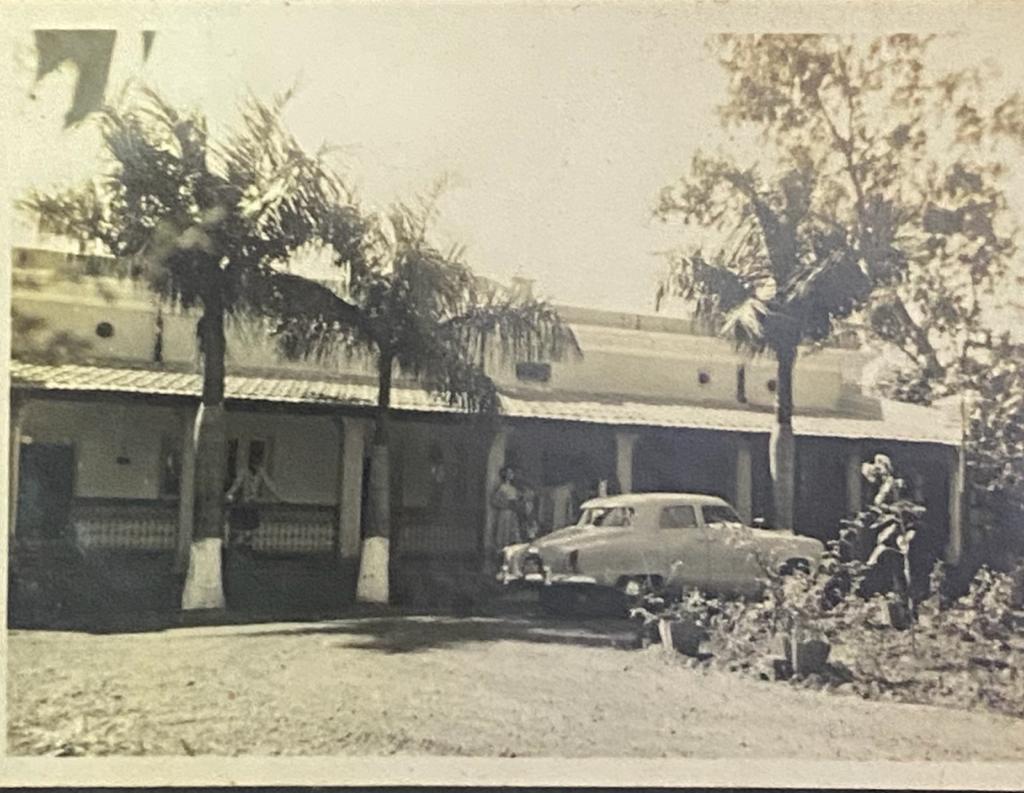
In July, 1952, Baba opened another branch of Kitab Ghar in Ranchi. Kitab Ghar with its branches in Patna and Ranchi published Hindi and English books. I have been able to trace some of the books which it published and these include Abraham Kuryan’s Bodh Gaya and the writings of Balai Chand Mukhopadhyay ‘Banphool’. My search began with the libraries in Patna and I recently found on the internet that the books by Abrahan Kuryan published by Kitab Ghar are in the libraries of Yale University and the University of Pennsylvania. Even when I am writing this, a simple thought that I accidently traced an ancestor, sends shivers down my spine. Baba’s books were always in front of my eyes, why did I never take interest in knowing who he was. In 1965, Kitab Ghar suffered huge losses and had to be shut down and the shops were sold off. The place still exists in Ranchi with four new branches added later. But it is no longer Baba’s Kitab Ghar.
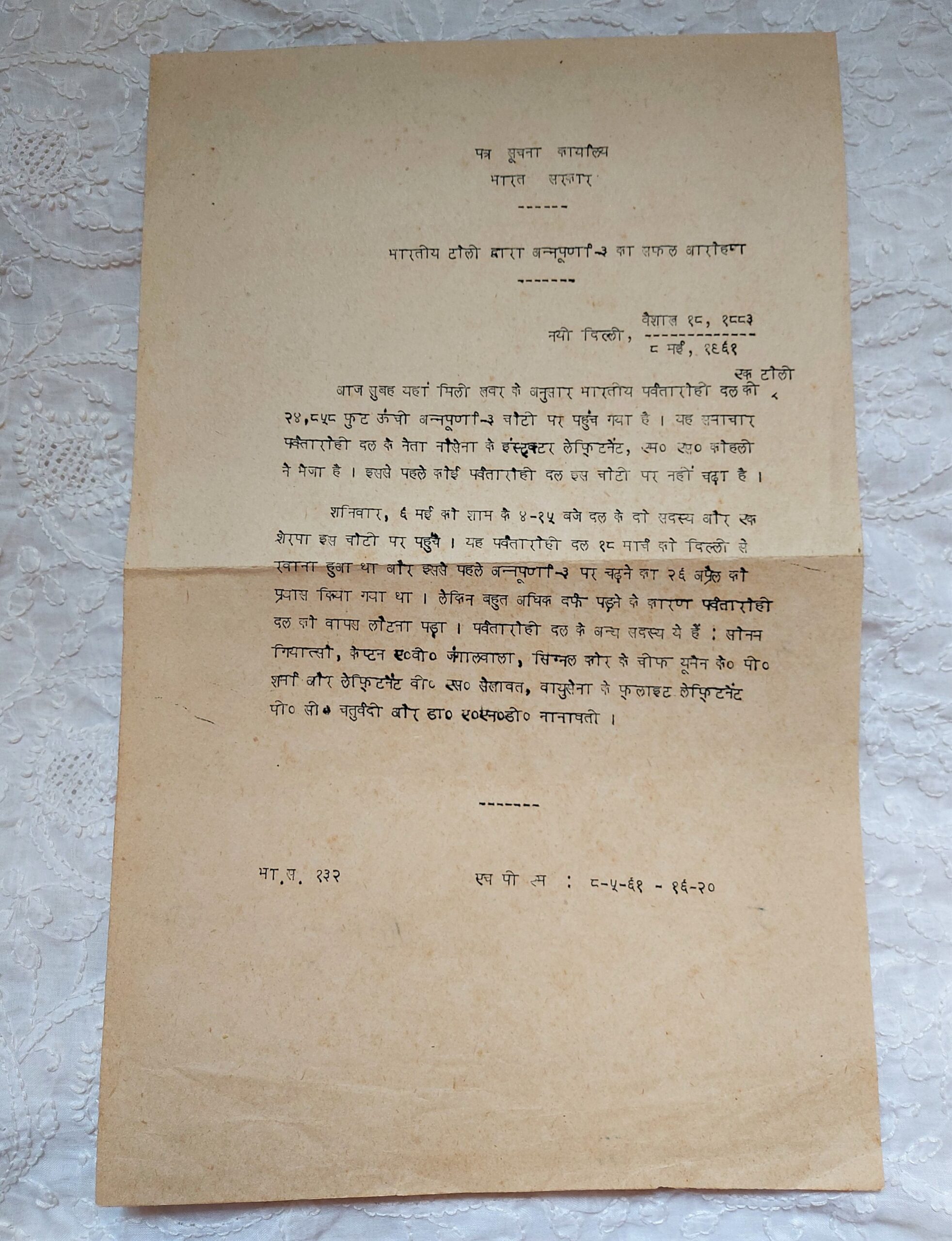
I often came across letters, notes, newspaper cuttings in the pages of Baba’s books. Although I am unsure as to why he saved these, I found these three to be the most interesting. The first document is a typed letter dated May 8, 1961 from the Press Information Bureau, Government of India describing the successful expedition of Annapurna III in the Annapurna mountain range by an Indian team led by Captain Mohan Singh Kohli.
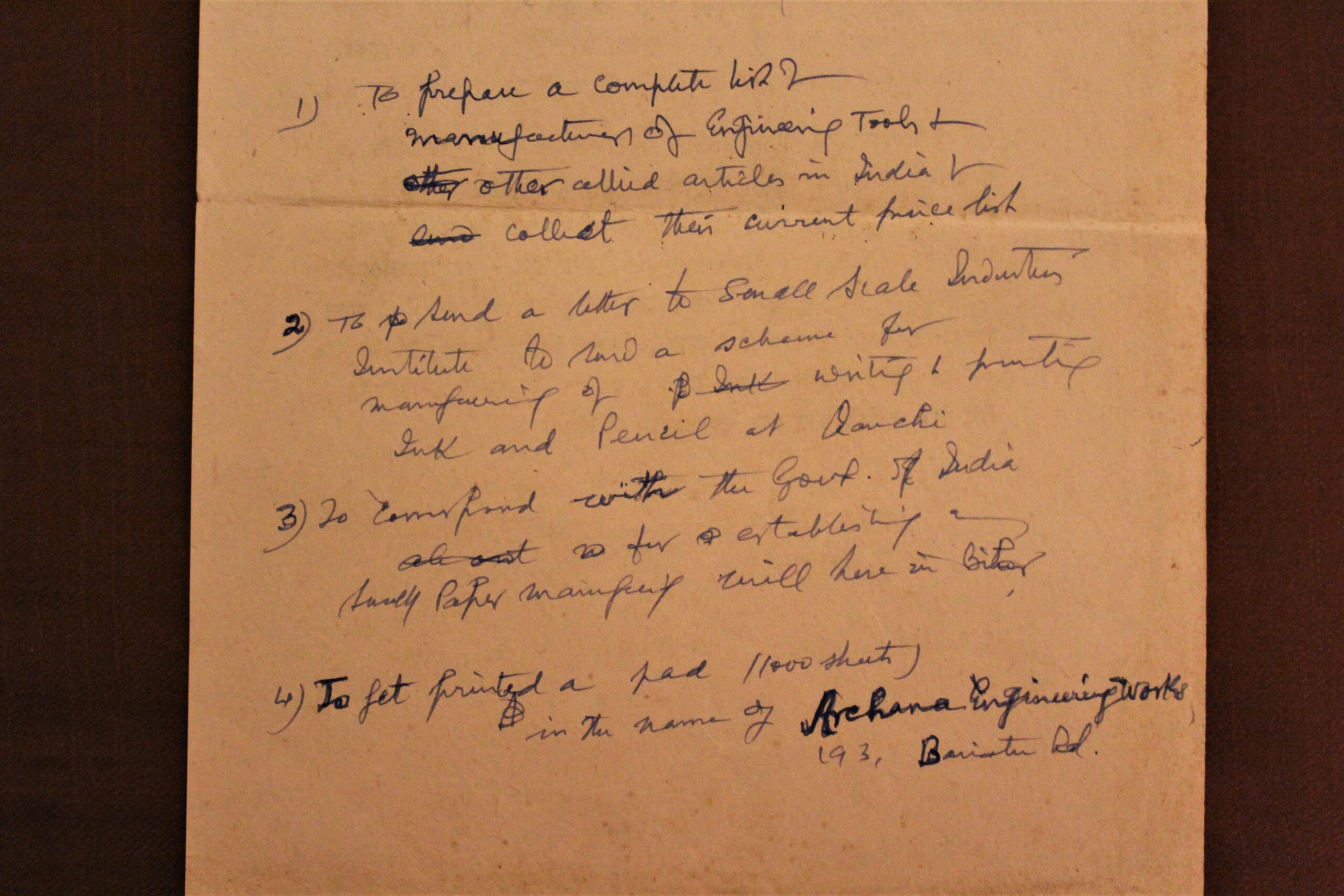
The second document is Baba’s handwritten note which looks like a rough plan chart of the writing/printing/publishing equipment he required for his business. The note has words like “ink”, “printing”, “pencil”, “small paper manufacturing unit”, “printing-pad” etc. Although I couldn’t ascertain the exact date of the note; it seems like it is related to Baba’s Kitab Ghar.
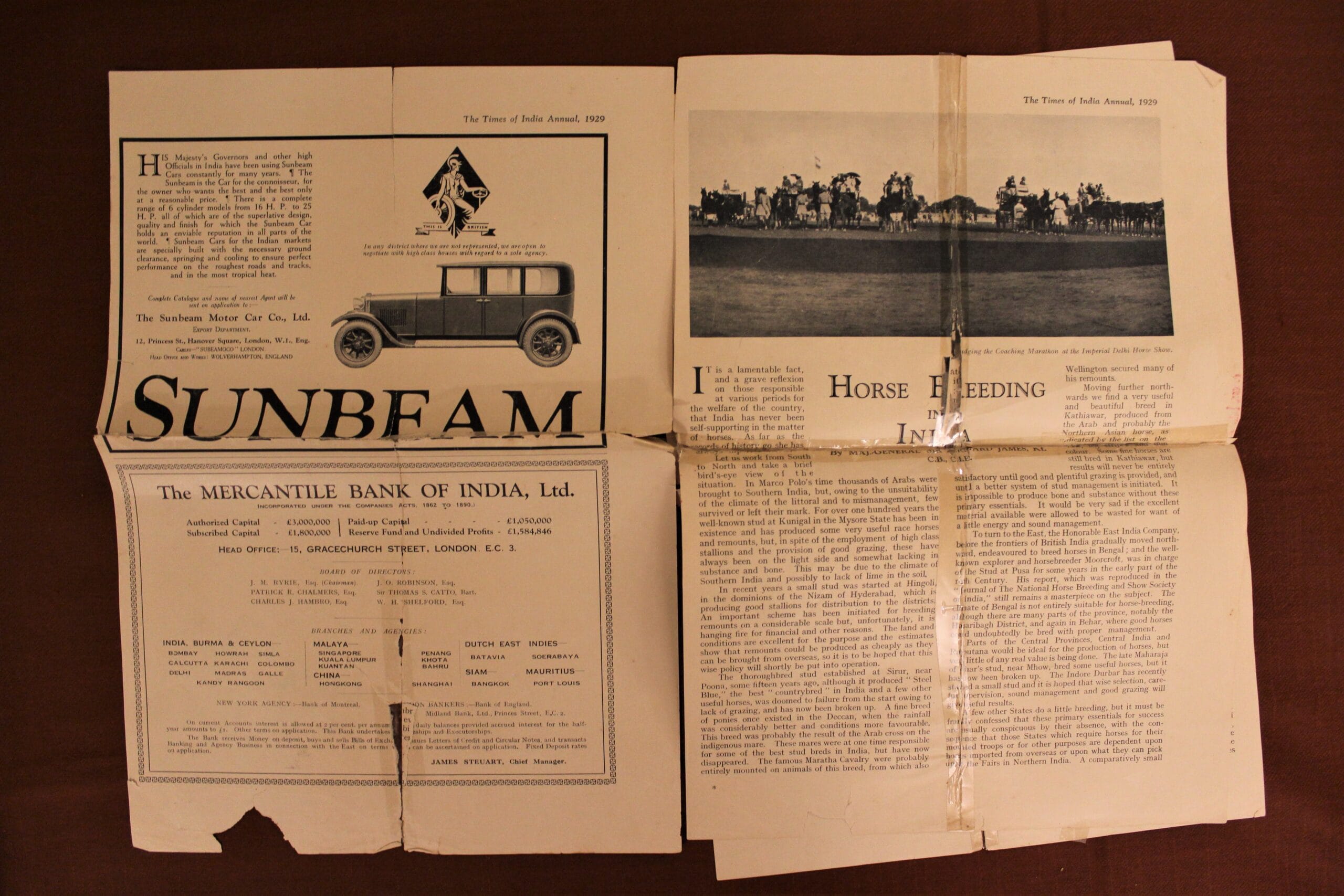


The third document was found in the middle of the pages of Baba’s Stephen’s Book of the Farm. I call it one of my most prized possessions; six weathered pages of The Time of India Annual, 1929. The pages consist of an article on horse breeding in India. Apart from relevant information on horse-breeding; they consist of advertisements of BSA Motorcycles, Robinson’s Baby food, Sunbeam Motor Car Co. Ltd. and the Mercantile Bank of India Ltd; all four of them have ceased to exist now.
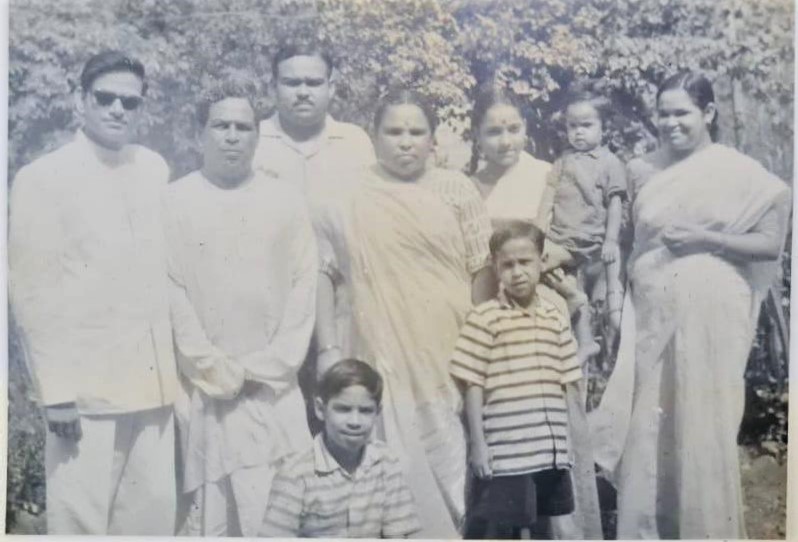
Even though Baba shifted to publishing from journalism; he never completely left his love for writing. He kept freelancing for newsletters and magazines along with his business. He saw many ups and downs in life but he always remained optimistic. Even after suffering some major setbacks in business, he held on to his love for writing. In the final years of his life, Baba wrote for Aryavarta newspaper in Patna.
Baba’s books travelled to Patna from Ranchi in late 1960s after Kitab Ghar was shut down. Now, most are at my home in Bangalore with my mother while some are in Patna with my maternal grandparents. Baba passed away in 1976 in Patna but I have been meeting him through his books and writings; I hope to collect all his writings from Dainik Vishwamitra, Aryavarta and other newspapers and magazines he wrote for. My search for Baba’s possessions and perhaps Baba himself, continues. I knew very little about him as a child; today I see him differently, yearning to know more about him. What is original memory, after all? It fills me with great joy to think that the memory buried within Baba’s “things” may one day bring me closer to him and this tangible link may one day lead me to Baba’s Kitab Ghar.

Overwhelmed to know about our great grand parents.
Very good work done. This is a rare collection of Baba’s legacy. Lal Baba used to visit Sheohar during my childhood and I remember, he never forget to bring a gift like a small pen or a small book . He will always remain a source of inspiration for Sheohar family. We are proud of him.